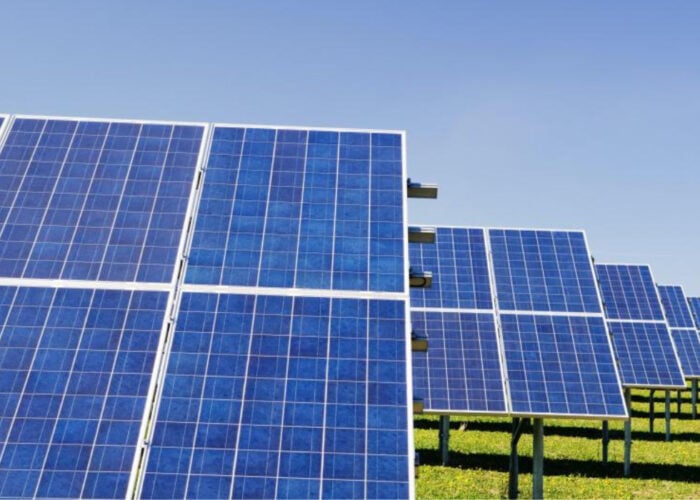The Swiss Federal Institute of Technology yesterday announced it has achieved a conversion efficiency of 10.7% for a single-junction microcrystalline silicon thin-film solar cell.
The new record for this type of cell has been confirmed by the independent institute, Fraunhofer Institute for Solar Energy Systems (ISE).
Unlock unlimited access for 12 whole months of distinctive global analysis
Photovoltaics International is now included.
- Regular insight and analysis of the industry’s biggest developments
- In-depth interviews with the industry’s leading figures
- Unlimited digital access to the PV Tech Power journal catalogue
- Unlimited digital access to the Photovoltaics International journal catalogue
- Access to more than 1,000 technical papers
- Discounts on Solar Media’s portfolio of events, in-person and virtual
The conversion efficiency of 10.7% tops the previous record of 10.1%, achieved by Japan’s Kaneka Corporation in 1998.
According to the Swiss Federal Institute of Technology in Lausanne, the record cell efficiency was achieved using 1.8 micrometers of thin silicon active material, which is 100 times less material than is used for conventional PV technologies.
Simon Hänni, PhD student at IMT Neuchâtel, said: “Deep understanding has been gained these last years in material quality, efficient light-trapping and cell design, which in combination with careful process optimization led to this remarkable world-record efficiency.”
It is understood that the employed processes can be up-scaled to the module level. The Swiss Federal Institute of Technology claims that this type of thin-film silicon technology could eventually lead to module production prices as low as €35 ($47) per square meter ($47).







